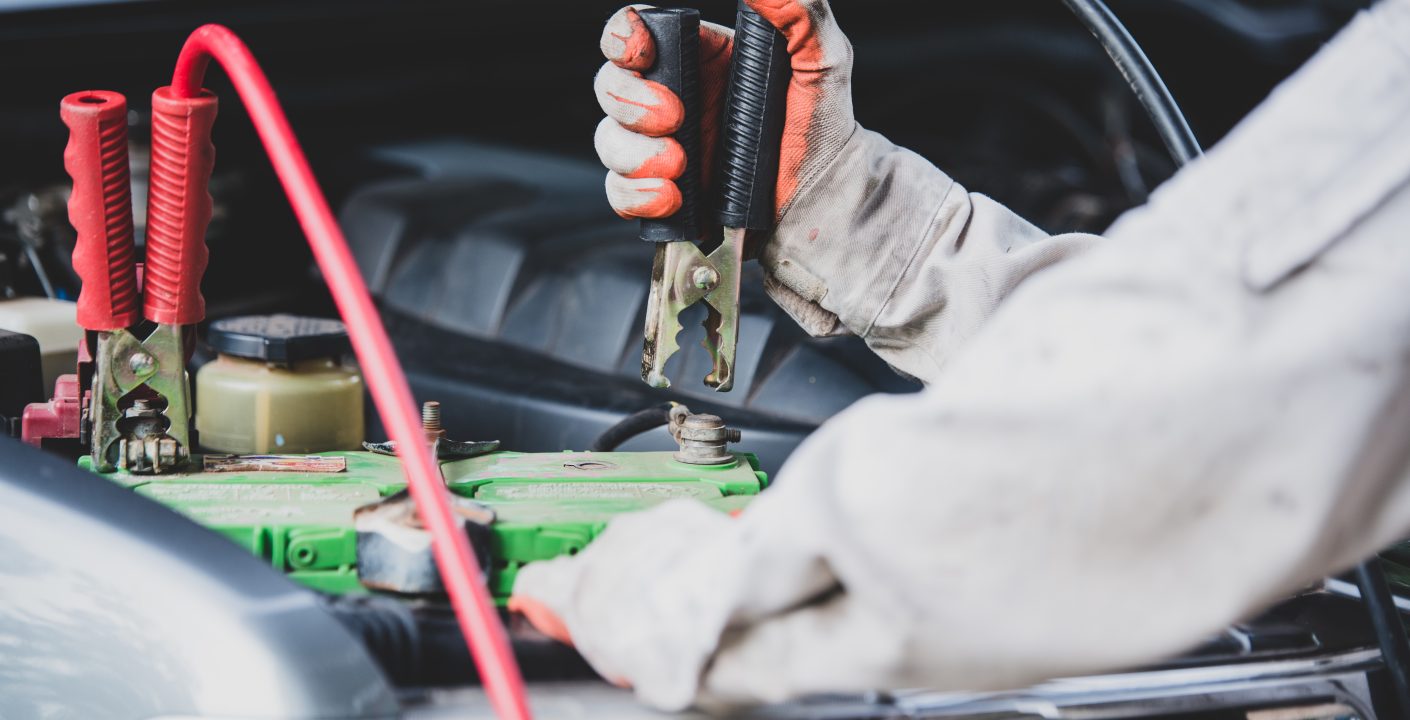Your car’s electrical system is a sophisticated network that powers vital components such as the battery, alternator, starter motor, and various electronic systems. When things go awry, it can lead to frustrating and sometimes costly problems. This blog post will help you identify and address common car electrical issues to keep your vehicle running smoothly.
Signs of Electrical Issues
Electrical problems can manifest in various ways. Here are some warning signs to watch for:
- Dimming or Flickering Lights
Headlights or interior lights that dim or flicker could indicate a weak battery, faulty alternator, or poor electrical connections. - Slow or No Cranking When Starting
If your engine struggles to turn over or doesn’t start at all, the starter motor or battery may be to blame. - Burning Smell
A burnt odor from your car could signal overheated wires or a short circuit, which requires immediate attention. - Blown Fuses
While occasional blown fuses are normal, frequent occurrences suggest a deeper electrical fault, like a wiring issue or overloaded circuit. - Malfunctioning Accessories
Problems with the radio, power windows, or air conditioning may stem from faulty wiring or a failing alternator.
Common Causes of Electrical Issues
- Weak or Dead Battery
Batteries lose their ability to hold a charge over time. A dead or weak battery is often the first culprit of electrical problems. - Faulty Alternator
The alternator charges the battery and powers the electrical system while the car is running. A failing alternator can lead to dim lights, dead batteries, and electrical glitches. - Damaged Wiring
Exposed, corroded, or damaged wires can disrupt the flow of electricity, leading to unpredictable issues. - Worn Starter Motor
If the starter motor fails, your car won’t start. Clicking sounds when turning the ignition are a common indicator. - Blown Relays or Fuses
Relays and fuses protect your car’s electrical components. A blown relay or fuse can interrupt electrical circuits.
How to Diagnose Electrical Problems
- Check the Battery
Use a multimeter to test the battery’s voltage. A healthy battery should read around 12.6 volts when the engine is off and 13.7–14.7 volts while running. - Inspect Wiring and Connections
Look for loose, corroded, or damaged wires and connections. Pay special attention to the battery terminals and ground connections. - Test the Alternator
A simple test involves starting your car and disconnecting the negative battery terminal. If the engine stops running, the alternator may be faulty. - Use a Code Scanner
Modern cars are equipped with onboard diagnostics (OBD-II). A scanner can reveal error codes pointing to specific electrical issues.
Preventing Electrical Issues
- Maintain the Battery
Regularly clean battery terminals, check the water levels (if applicable), and test the voltage to ensure it’s in good condition. - Inspect Wiring Regularly
Keep an eye out for damaged or corroded wires and address issues promptly. - Monitor the Alternator
Have your alternator tested during routine maintenance to catch issues before they escalate. - Replace Fuses and Relays When Necessary
Ensure you use the correct type and rating of fuses and relays to avoid electrical overloads.
While you can tackle minor issues like replacing a battery or cleaning corroded terminals, some electrical problems require a professional’s expertise. Complex wiring repairs, alternator replacements, or diagnosing advanced systems are best left to trained technicians.
Car electrical issues can range from minor inconveniences to significant problems that leave you stranded. By understanding the signs, causes, and solutions, you can address issues promptly and keep your vehicle’s electrical system in top shape. Regular maintenance and timely repairs will save you time and money while ensuring a reliable driving experience.
Got questions or tips about car electrical systems? Share them in the comments below!



